Sore back or poor posture from sitting at a desk all day? Kettlebell swing workouts are the answer - 5 a PT recommends to clients
The perfect antidote to a desk-bound day.
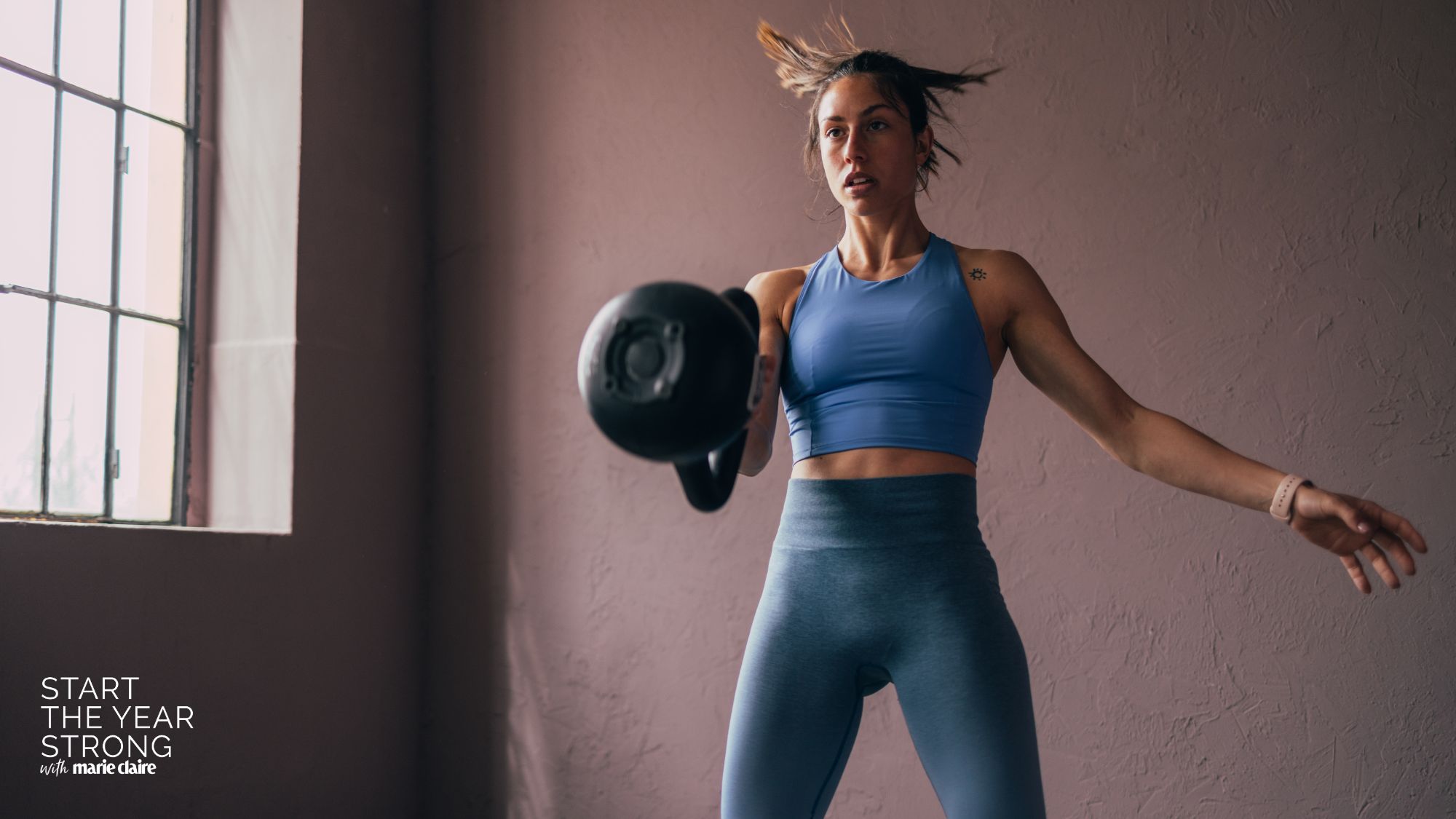

For many of us with office-based jobs, it's an unavoidable fact of life that we're spending hours of our day sitting down - and it's not doing us any favours. Researchers from the University of Leicester’s Sedentary Behaviour Research (LSBR) team have found that, on average, we sit for around nine to 10 hours per day, increasing our risk of mortality, as well as putting us at a higher chance of developing cardiovascular disease and type 2 diabetes.
And the shorter-term effects of a sedentary lifestyle are impacting our neck and spine health, too - studies (such as this one, published in the British Medical Journal) show an inexorable link between sitting at work and neck and shoulder pain - and we all know that slouching over our laptops isn't doing our posture any good, either.
Investing in walking pads aside, you might think there's little we can do to counteract this fact. But we have good news: kettlebell swings could be the perfect antidote to a desk-bound day. Studies show that the move not only reduces lower back pain, but also improves postural coordination and and dynamic flexibility - put simply, they're great for strengthening our postural muscles, which is great news for all of us.
Don't sit down much? You'll still benefit from incorporating kettlebell swings in your weekly fitness rotation. The importance of strength training (especially for women) can't be overstated, and kettlebells are super effective for upping the ante on a full-body strength workout.
"Kettlebells, particularly through the use of swings, are incredibly effective at strengthening muscles as they target several muscle groups all at once," explains personal trainer Mandy Wong Oultram. "Swings engage the glutes, legs, core, arms, and shoulders, making them an excellent choice for a comprehensive full body workout."
Keep reading to find out more about this gold-standard move, plus how to perform it for maximum gains - but while you're here, do check out our guides to the best strength training workouts for beginners, the benefits of strength training and find out what the best at-home strength training workouts of all time are, here.
PT's agree: 5 best kettlebell swing workouts to do any place, any time
What is a kettlebell swing workout?
First up: the basics. For the uninitiated, a kettlebell swing workout is exactly what it says on the tin, and trust us when we say that full-body moves don't get much better.
Marie Claire Newsletter
Celebrity news, beauty, fashion advice, and fascinating features, delivered straight to your inbox!
"A kettlebell swing workout involves using a kettlebell to perform quick, full-body movements," explains personal trainer at OriGym, James Brady. "The basic swing starts with hinging at the hips to swing the kettlebell between the legs, then using powerful hip thrusts to propel it to chest height. This workout targets the glutes, hamstrings, core, and shoulders, while also helping improve cardiovascular fitness. It's a high-intensity, functional exercise ideal for strength, endurance, and calorie-burning."
What are the benefits of a kettlebell swing workout?
All forms of strength training are incredibly beneficial for all of us, particularly women heading towards peri- or full menopause, when our hormone leves fluctuate, leading to a loss of muscle mass and bone density.
That said, kettlebell swings in particular have some noteworthy benefits.
1. They're an excellent full-body move
For all us busy types (that's everyone, right?) kettlebell swings are a versatile and effective move.
"The main benefit of kettlebell swing workouts is that they offer numerous benefits all in one move," says Brady. "They engage multiple muscle groups simultaneously including the glutes, hamstrings, core, and shoulders, while improving cardiovascular fitness and explosiveness. They combine strength, endurance, and functional movement, making them a versatile and time-efficient exercise that is unmatched."
2. Enhance posture and help prevent neck and back issues
As touched on above, kettlebell swings are proven to benefit posture and help prevent neck and shoulder issues. "Kettlebell swings are excellent for improving posture and stability," agrees Brady. "The swing's functional movement pattern builds powerful glutes, hamstrings, and core muscles which all combine to improve coordination, benefit posture and enhance our everyay movement patterns as well as overall fitness."
3. Boosts power and athletic performance
Any kind of dynamic, explosive move will improve your body's ability to generate power, and kettlebell swings are the GOAT for this.
"In addition to working various muscle groups throughout your entire body, a kettlebell swing improves your explosive strength and cardiovascular endurance," notes Wong Oultram. "A word of warning though - be mindful of your new-found power!"
And the science agrees: studies show that kettlebell swings are a useful tool for enhancing athlete's performance in a variety of sports - 2028 Olympics, here we come.
4. Enhances grip strength
While grip strength may not be top of your list of workout priorities, hear this: research shows grip strength to be an important biomarker of factors from bone density through to overall longevity, so it's well worth working on. And trust us when we say nothing will challenge your grip strength like a prolonged and sweaty attempt to control a heavy kettlebell!
What makes a kettlebell swing workout so effective?
Still need convincing to add a lettlebell into your strength training regime? As touched on above, you'll be hard pressed to find a more efficient, single tool for your workout arsenal.
"The kettlebell swing is highly effective because it combines strength, power, and cardio in a single movement," agrees Brady. "The hip-hinge motion targets large muscle groups like the glutes, hamstrings, and core, building strength and stability. The explosive thrust engages fast-twitch muscle fibers, improving power and athletic performance. Its dynamic nature raises the heart rate, providing a cardiovascular challenge while enhancing calorie burn. Additionally, the swing's functional movement pattern improves coordination, posture, and overall fitness, making it a comprehensive and efficient exercise."
5 best PT-approved kettlebell swing workouts
1. 10-minute full-body kettlebell swing supersets
What? An intermediate-level full body superset workout, with no jumping.
Why? This workout covers all the best kettlebell swing moves, from goblet squats to side lunges for a comprehensive full-body burn. Brady loves a goblet squat kettlebell swing, telling MC UK that "they are great for lower body strength as they improve quad, glute, and core activation while promoting proper squat mechanics."
How long for? 10 minutes.
2. 20-minute full-body kettlebell workout with Heather Robertson
What? Another full-body routine comprising swings alongside classic strength moves.
Why? These moves are designed to boost strength and stability, but don't go too heavy to begin with - the American swing involves swinging the kettlebell above the head, so go stready!
How long for? 20 minutes.
3. 30-minute kettlebell superset workout with Caroline Girvan
What? A total-body blast with YouTube sensation Caroline Girvan.
Why? Speaking as those who still have DOMS from Girvan's bodyweight strength workouts, prepare to be challenged by this 30-minute superset workout. However, it's reassuringly low-impact and easy on yor joints, despite the intensity.
How long for? Half an hour.
4. 30-minute beginners kettlebell swing workout
What? A beginner-friendly kettlebell workout that introduces moves such as the kettlebell clean and goblet squat swings.
Why? Beginners need to build up gradually when it comes to kettlebell swings. "For those new to kettlebell training, goblet squats are a great move as they help develop foundational strength and stability," says PT and founder of KMAK Fitness, Kunal Makwana. "To maintain good form and technique during kettlebell swings, it's essential to focus on a strong hip hinge, keeping the back straight and core engaged."
How long for? Half an hour.
5. 30-minute advanced kettlebell HIIT workout
What? Ready to up the ante? Try this advanced HIIT workout to challenge endurance, strength and more.
Why? If you're committed to gaining strength, you'll need to focus on progressive overload - essentially meaning that you're always looking to make your workouts harder. If you're ready for the next step, try this advanced kettlebell workout for an intense cardio and strength challenge.
How long for? 30 minutes.
Shop MC UK's go-to strength training essentials now:
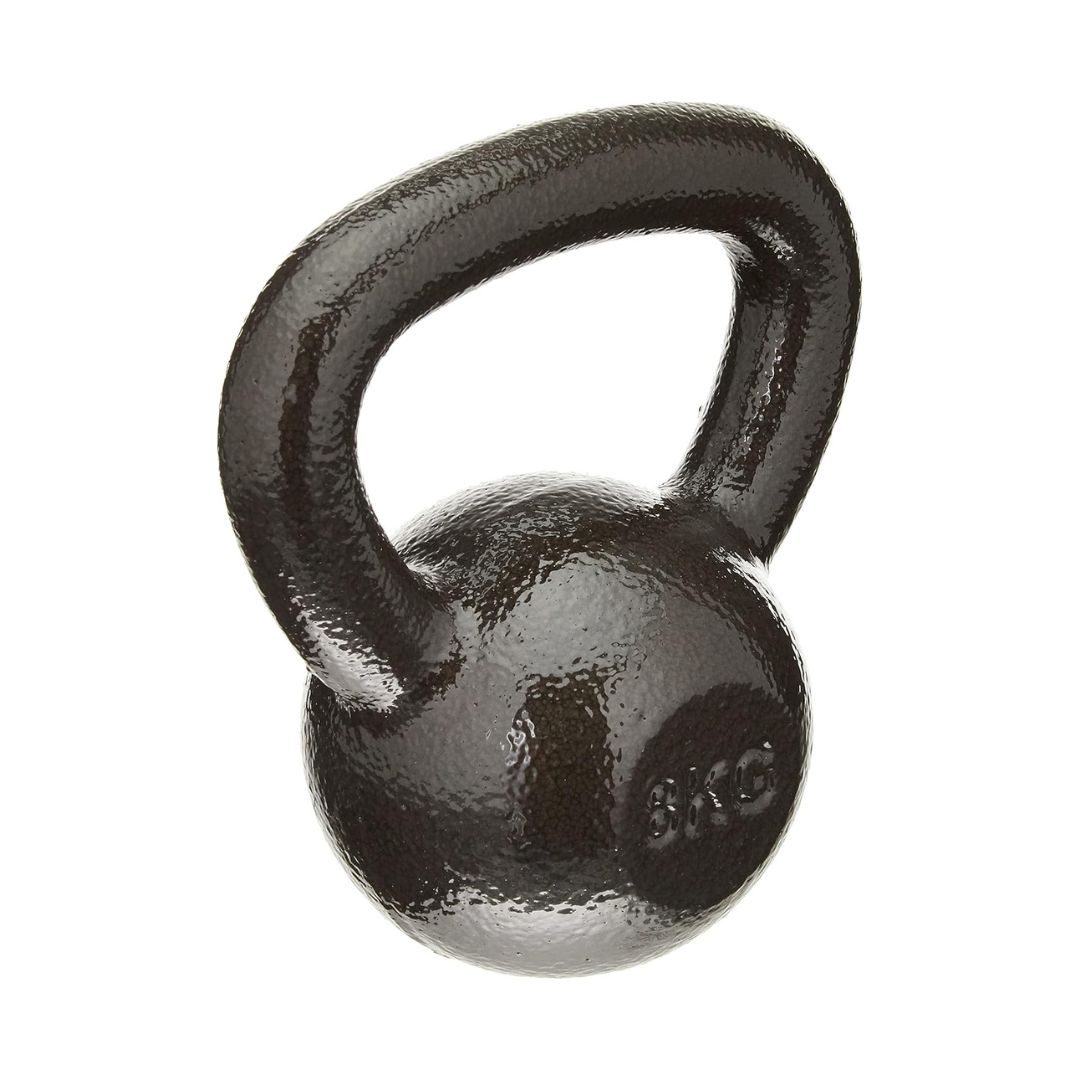
A classic 9kg kettlebell is a great starting point - not overly heavy, and not too light. This one from SPRI at John Lewis is a bit of an investment, but one that's sure to pay dividends.
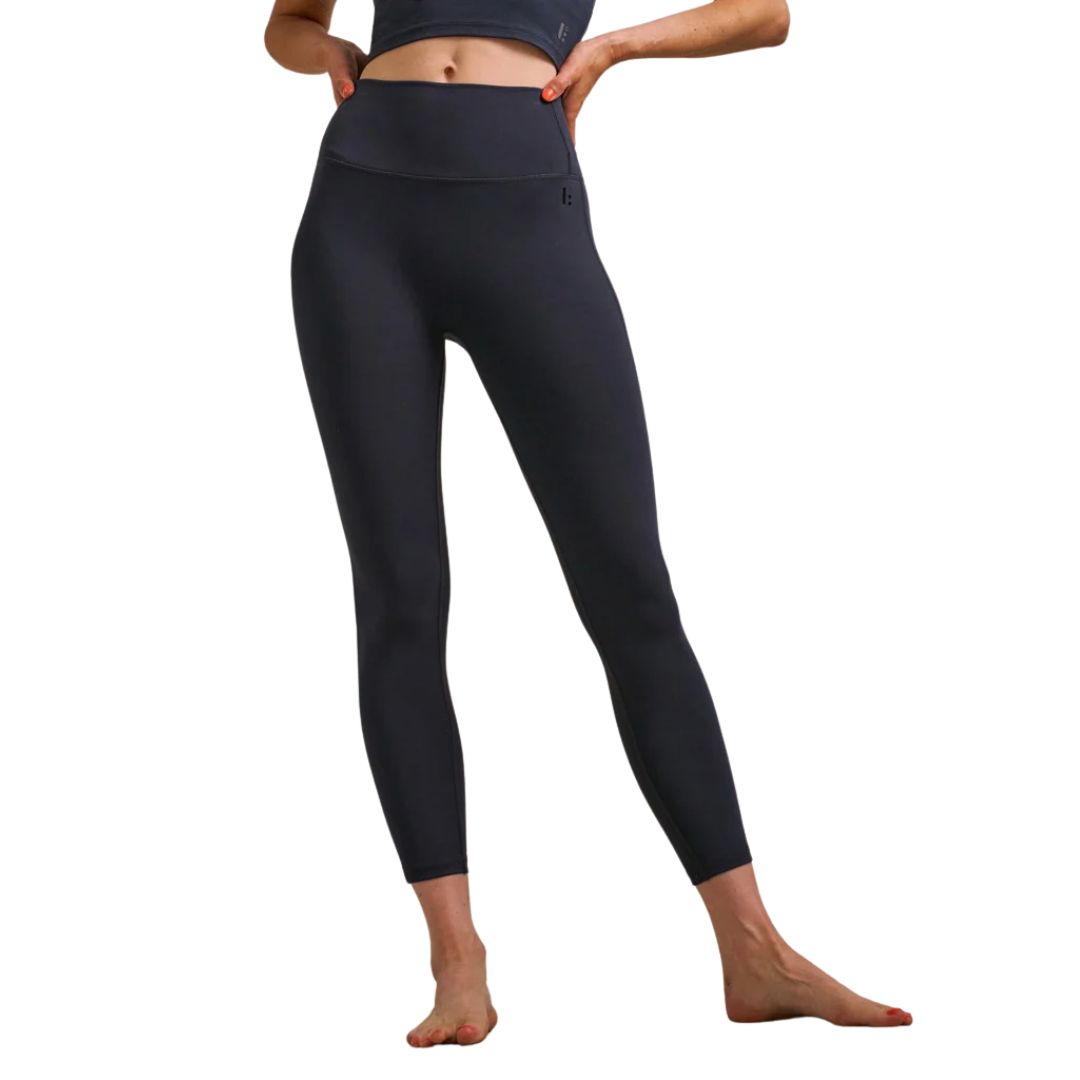
Trust us, once you're tried these super soft, supportive BAM leggings, you won't look back. Thicker than your average offering, they're perfect for chilly January workouts.
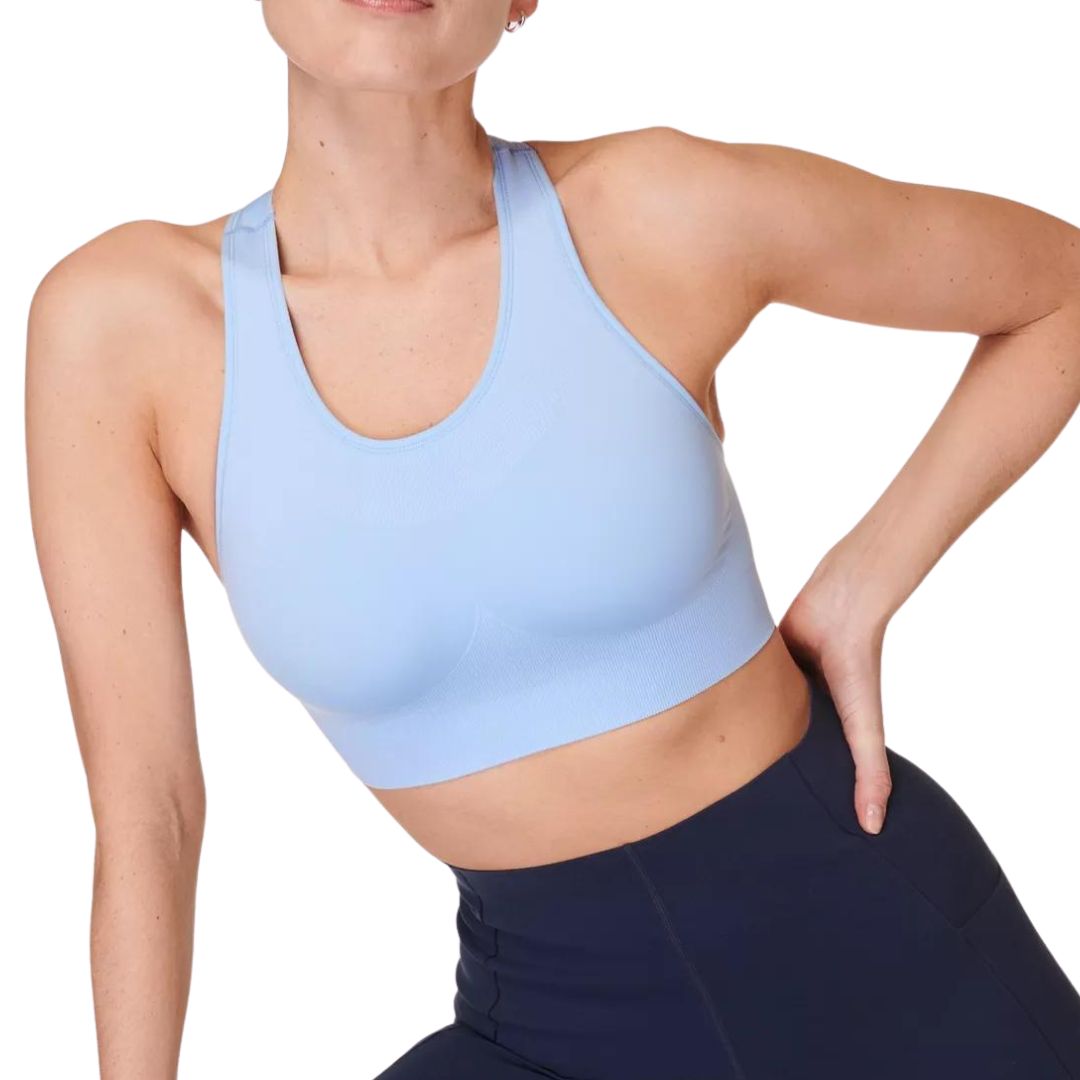
The last thing you want during a challenging workout is an uncomfy bra, and this Sweaty Betty stamina bra is the perfect solution. Medium support combined with a seamfree design will keep you feeling your best, while working your hardest.
How can I make sure my form and technique are on point in my kettlebell swings?
“Good form is important for maximising the benefits of kettlebell swings and preventing injury," notes personal trainer and founder of Exersci, Gavin Cowper. "Focus on hinging at the hips rather than squatting, keeping your back straight, and engaging your core throughout the movement.
“Most of the power should come from your legs and glutes, not your arms or shoulders. Start with a manageable weight, and prioritise mastering the technique before increasing the intensity. Controlled movements and proper breathing, inhale as you hinge and exhale as you swing, are also key to performing this exercise safely and effectively.”

Anna Bartter is a freelance journalist who writes about health, fitness and women's lifestyle for publications including Stylist, Metro and Psychologies, among others.
She's always on a quest to find a variety of fun and functional workouts that give you the most bang for your workout buck and she's passionate about championing movement for everyone's mental and physical wellbeing.
-
 I get lash lifts regularly—here’s how I combat 'lash dehydration’, as per expert advice
I get lash lifts regularly—here’s how I combat 'lash dehydration’, as per expert adviceHow I've got my flutter back on track...
By Rebecca Fearn
-
 I tried Charlotte Tilbury’s bridal make-up service for my wedding, and *loved* it—here’s everything you need to know
I tried Charlotte Tilbury’s bridal make-up service for my wedding, and *loved* it—here’s everything you need to knowOne of my favourite beauty experiences to date
By Tori Crowther
-
 Prince Harry's "proud" words about wife Meghan Markle are going viral
Prince Harry's "proud" words about wife Meghan Markle are going viralBy Jenny Proudfoot
-
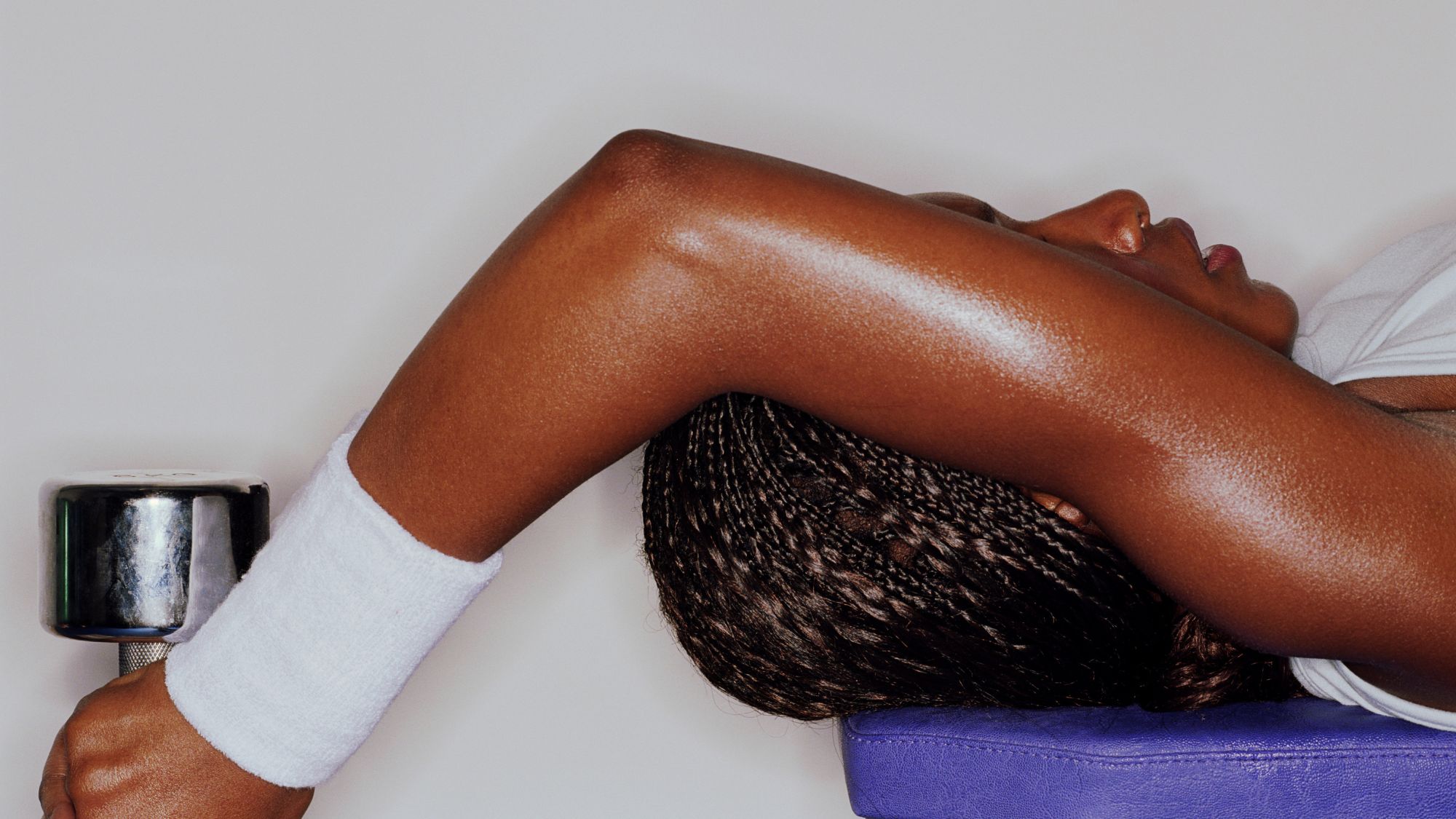 Resistance training isn't going anywhere this year - 8 exercises for longevity, bone health and muscle build
Resistance training isn't going anywhere this year - 8 exercises for longevity, bone health and muscle buildBuild a stronger body for life.
By Anna Bartter
-
 Jump training workouts are being hailed as the best longevity workout you can do - a top personal trainer shares their guide
Jump training workouts are being hailed as the best longevity workout you can do - a top personal trainer shares their guideJump to it...
By Katie Sims
-
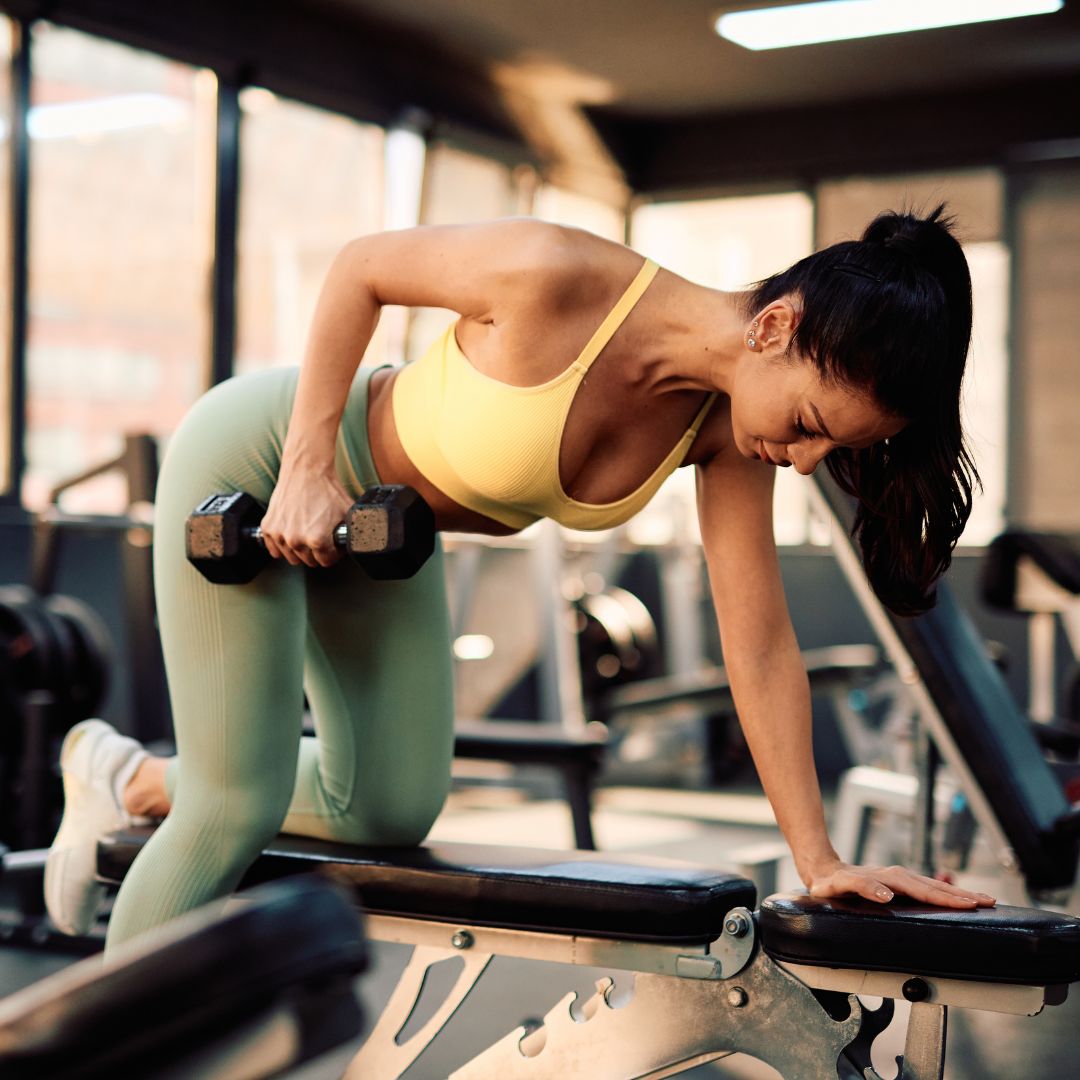 Bent-over rows are raved about for building upper body strength - 7 variations that are better for building muscle, strength and tone
Bent-over rows are raved about for building upper body strength - 7 variations that are better for building muscle, strength and toneDon't skip upper body day.
By Anna Bartter
-
 Spring has finally sprung - 6 best outdoor workouts that are totally free and boost both body and mind
Spring has finally sprung - 6 best outdoor workouts that are totally free and boost both body and mindSoak in the nature and boost Vitamin D *and* endorphins.
By Anna Bartter
-
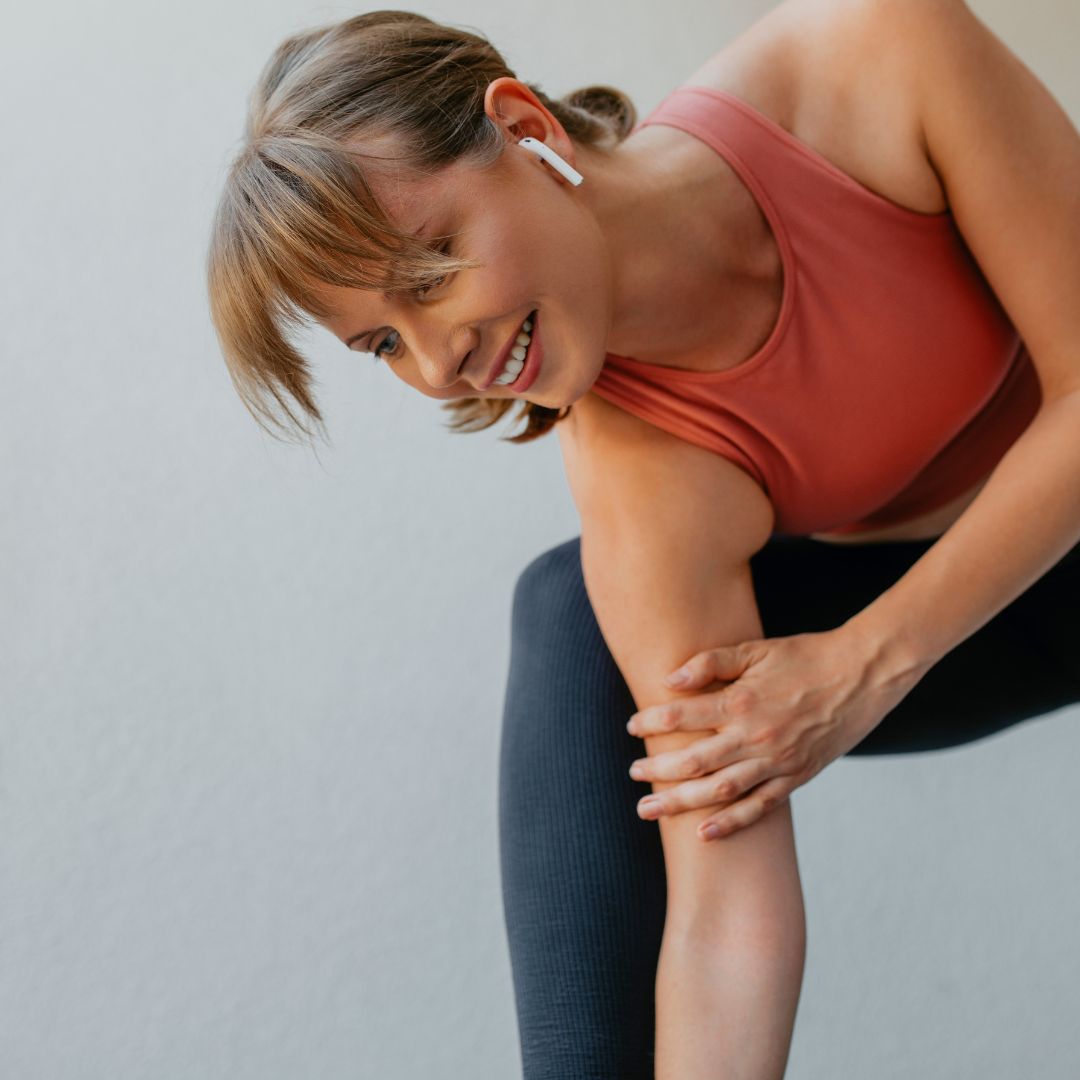 Rotational exercises are an often-forgotten workout move powerhouse - 7 that build core stability and reduce injury
Rotational exercises are an often-forgotten workout move powerhouse - 7 that build core stability and reduce injuryEasy, effective and essential? We're all in.
By Anna Bartter
-
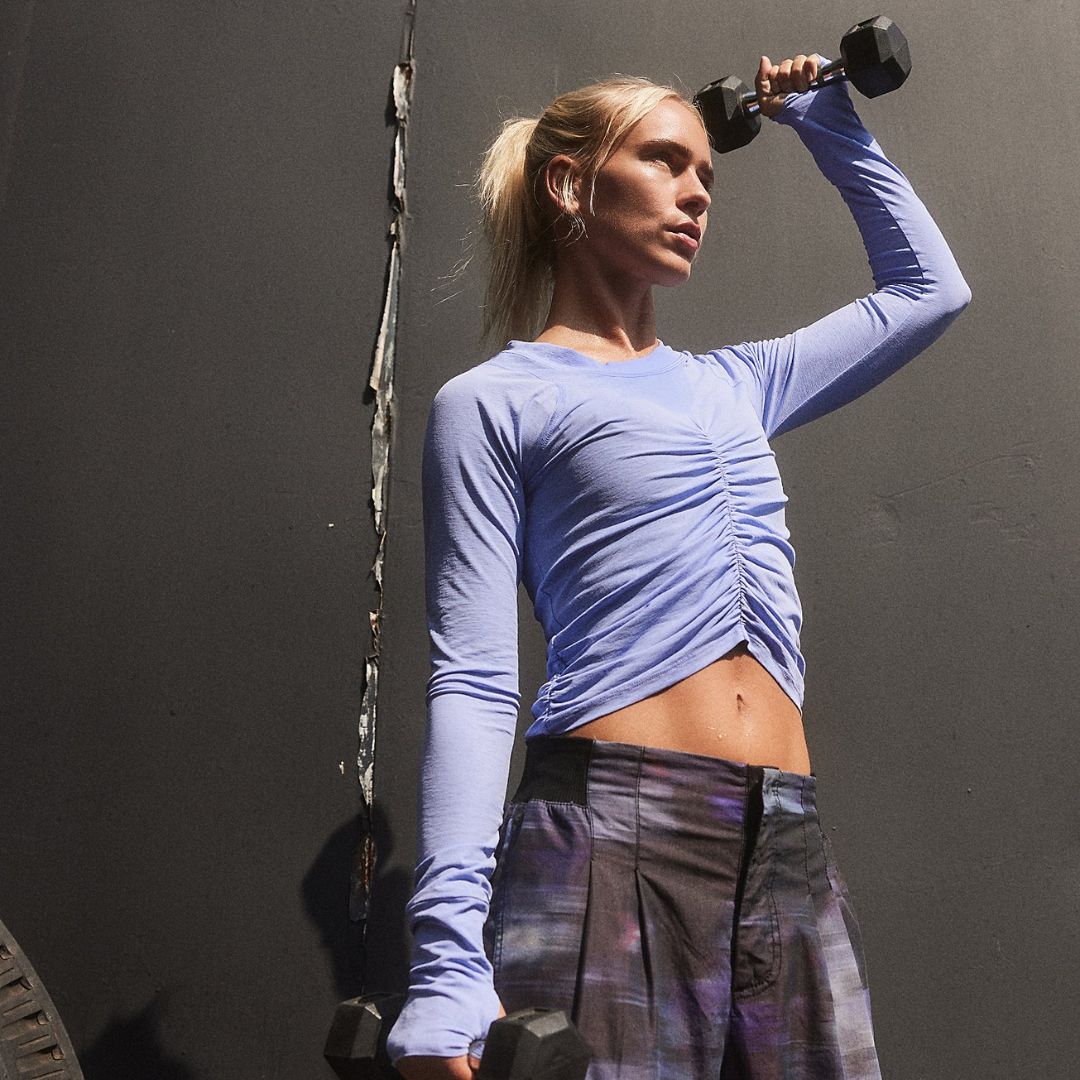 Chic and cosy is a winning combination - 13 best gym layers that MC UK Editors wear daily
Chic and cosy is a winning combination - 13 best gym layers that MC UK Editors wear dailyYou don't have to travel to the gym in your old uni jumper anymore...
By Amelia Yeomans
-
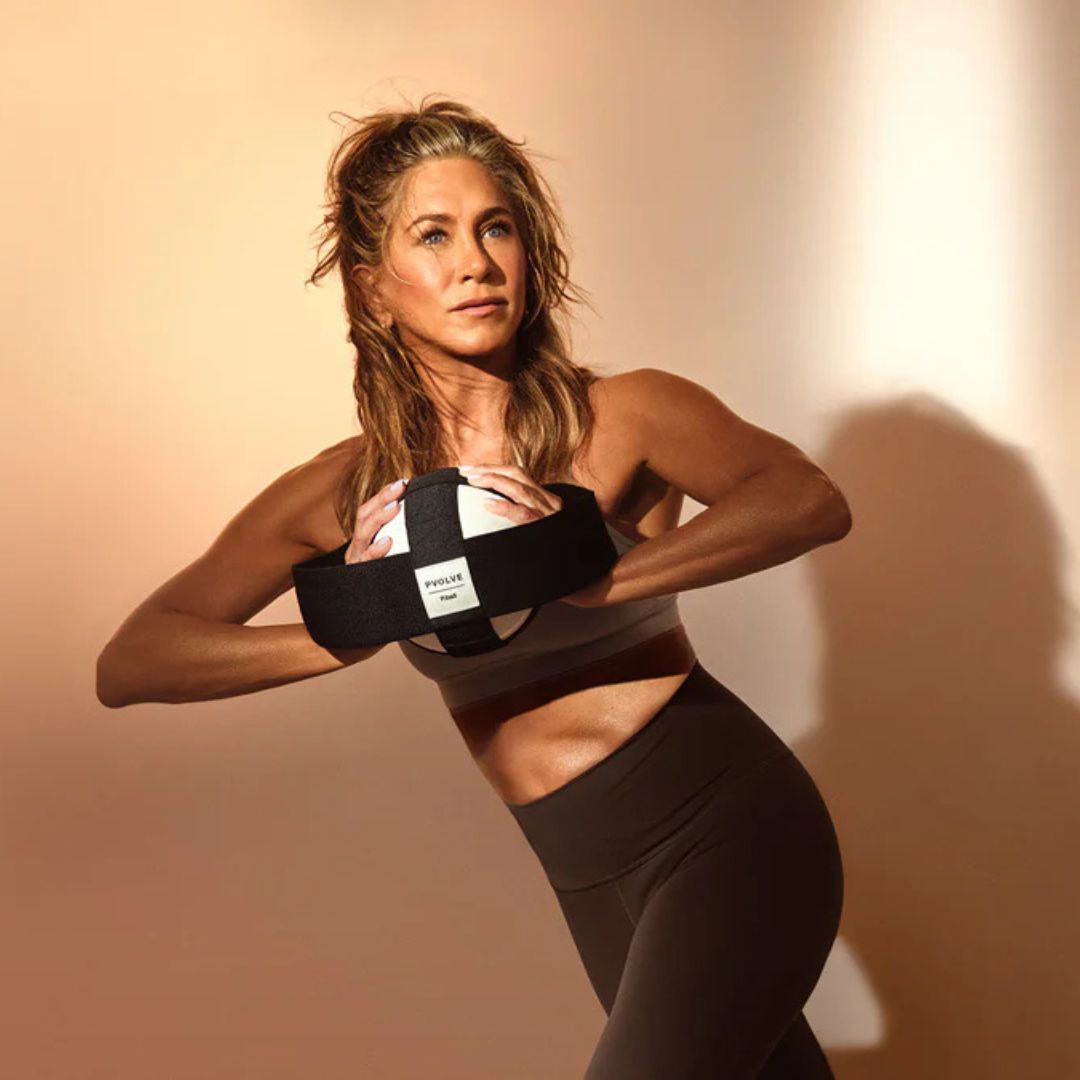 It's the trending workout of the moment and Jen An's go-to - but what actually is Pvolve and is it effective?
It's the trending workout of the moment and Jen An's go-to - but what actually is Pvolve and is it effective?Workout like an A-lister - because you're worth it.
By Anna Bartter
-
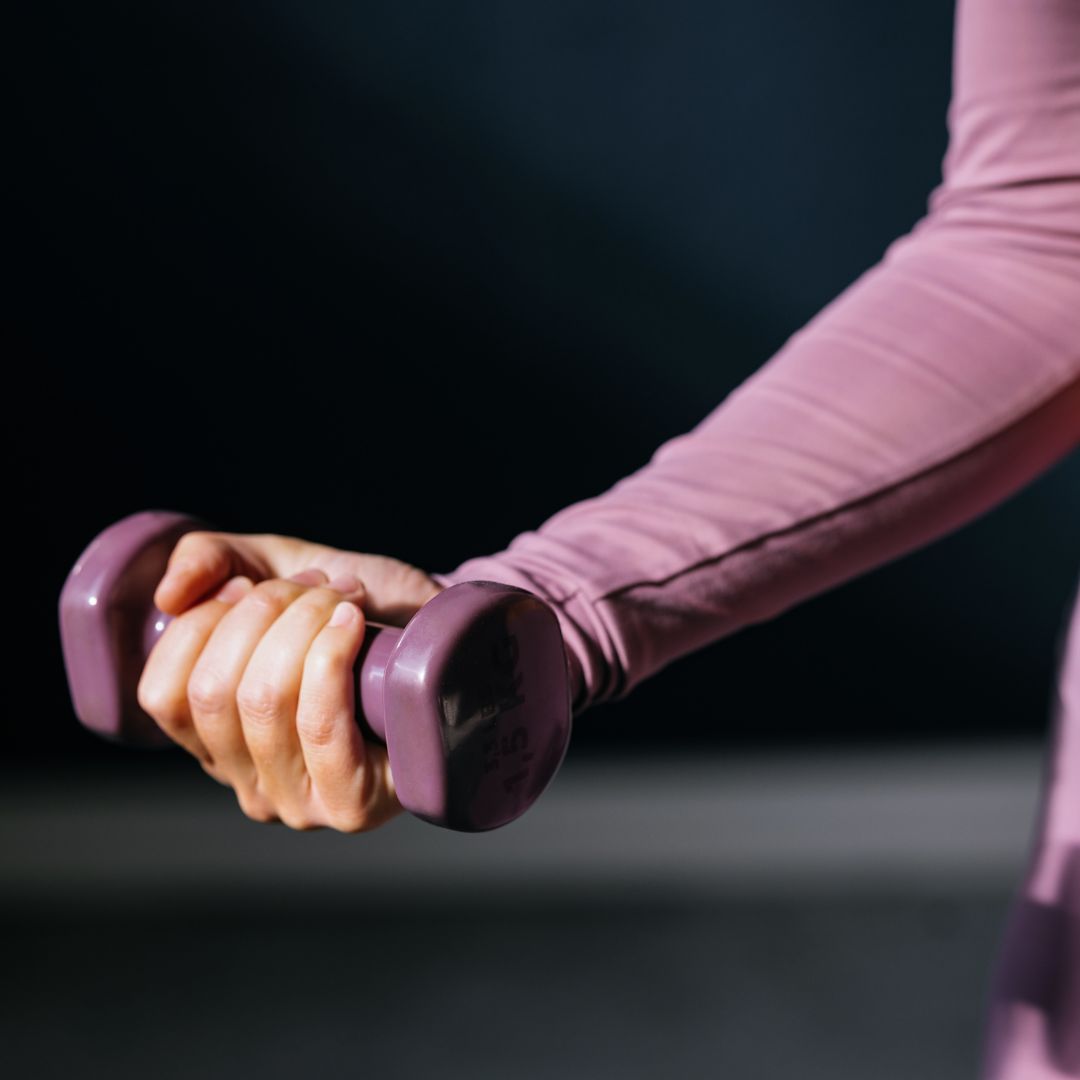 Lateral exercises are arguably the best moves you can do to supercharge balance and coordination - 5 to try
Lateral exercises are arguably the best moves you can do to supercharge balance and coordination - 5 to tryTry these moves for a well-balanced workout.
By Anna Bartter




